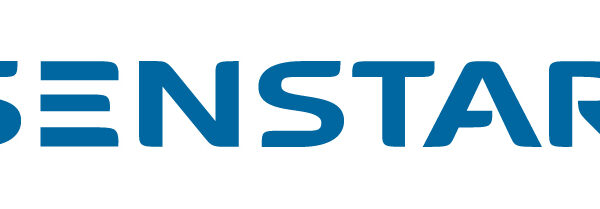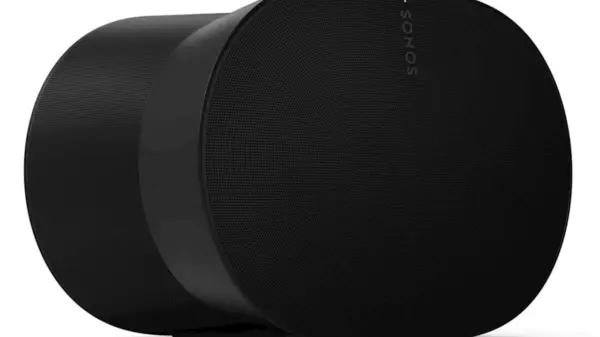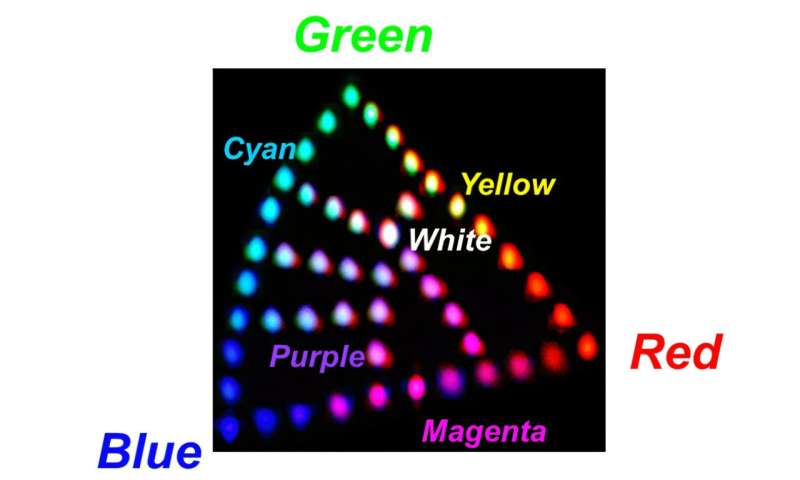A team of researchers at the TDK Corporation in Japan has developed a new RGB multiplexer using thin-film lithium niobate (TFLN), aimed at improving the efficiency and speed of laser beam scanning (LBS) systems. Published in Advanced Photonics Nexus on July 28, 2025, this advancement promises to enhance applications ranging from barcode scanning to sophisticated laser displays.
Laser beam scanning technology relies on the precise modulation of light to convey information. Traditionally, systems have utilized multiplexers to combine red, green, and blue (RGB) laser beams into a single output. However, the conventional methods of directly modulating each laser are often slow and consume considerable energy. The new TFLN-based multiplexer addresses these limitations by enabling faster modulation speeds and reduced power consumption.
The innovative design of the multiplexer measures just 2.3 millimeters in length and employs a physical vapor deposition technique, commonly referred to as “sputter” deposition. This method allows for the creation of waveguides that efficiently direct laser light without the cumbersome bonding processes associated with bulk lithium niobate. The result is a more scalable and cost-effective approach to manufacturing compact photonic circuits.
Technical Advancements and Challenges
Key to the TFLN multiplexer’s performance is its ability to control light propagation using electric fields, which substantially enhances modulation efficiency. During testing, the device successfully combined laser beams at wavelengths of 638 nm (red), 520 nm (green), and 473 nm (blue) to produce various colors, including cyan, magenta, yellow, and white. This capability is vital for achieving high-quality displays in LBS applications.
Despite the promising results, the researchers acknowledge challenges that must be addressed. The crystal quality of the sputter-deposited TFLN is lower than that of bulk lithium niobate, which impacts performance, particularly at shorter wavelengths. For instance, optical loss at 473 nm was measured at between 7 and 10 dB, considerably higher than the anticipated 3.1 dB. The primary cause of this loss was identified as surface roughness in the waveguides, which scatters light and diminishes efficiency.
As Atsushi Shimura, the study’s corresponding author, highlights, “Optimizing fabrication processes to produce smoother surfaces is a key step toward realizing TFLN’s potential in visible-light photonics and applications.”
Future Implications
The findings from this research lay the groundwork for the development of faster, more energy-efficient multiplexers for future visible-light laser beam scanning systems. Shimura emphasizes that this work represents a significant step toward creating active photonic integrated circuits, stating, “This work demonstrates the feasibility of a passive RGB multiplexer.”
As the demand for efficient light modulation continues to grow across various industries, the advancements made by the TDK Corporation could pave the way for more sophisticated optical systems capable of higher resolutions and lower power consumption. The ongoing research and development in this field could transform the landscape of photonic applications in the near future.





































































